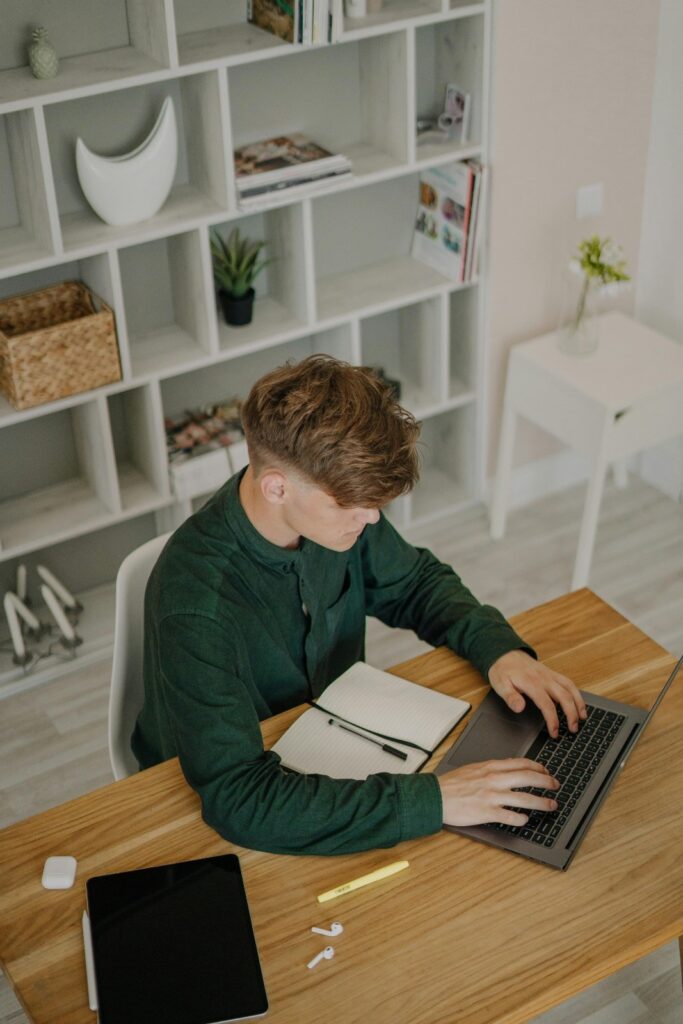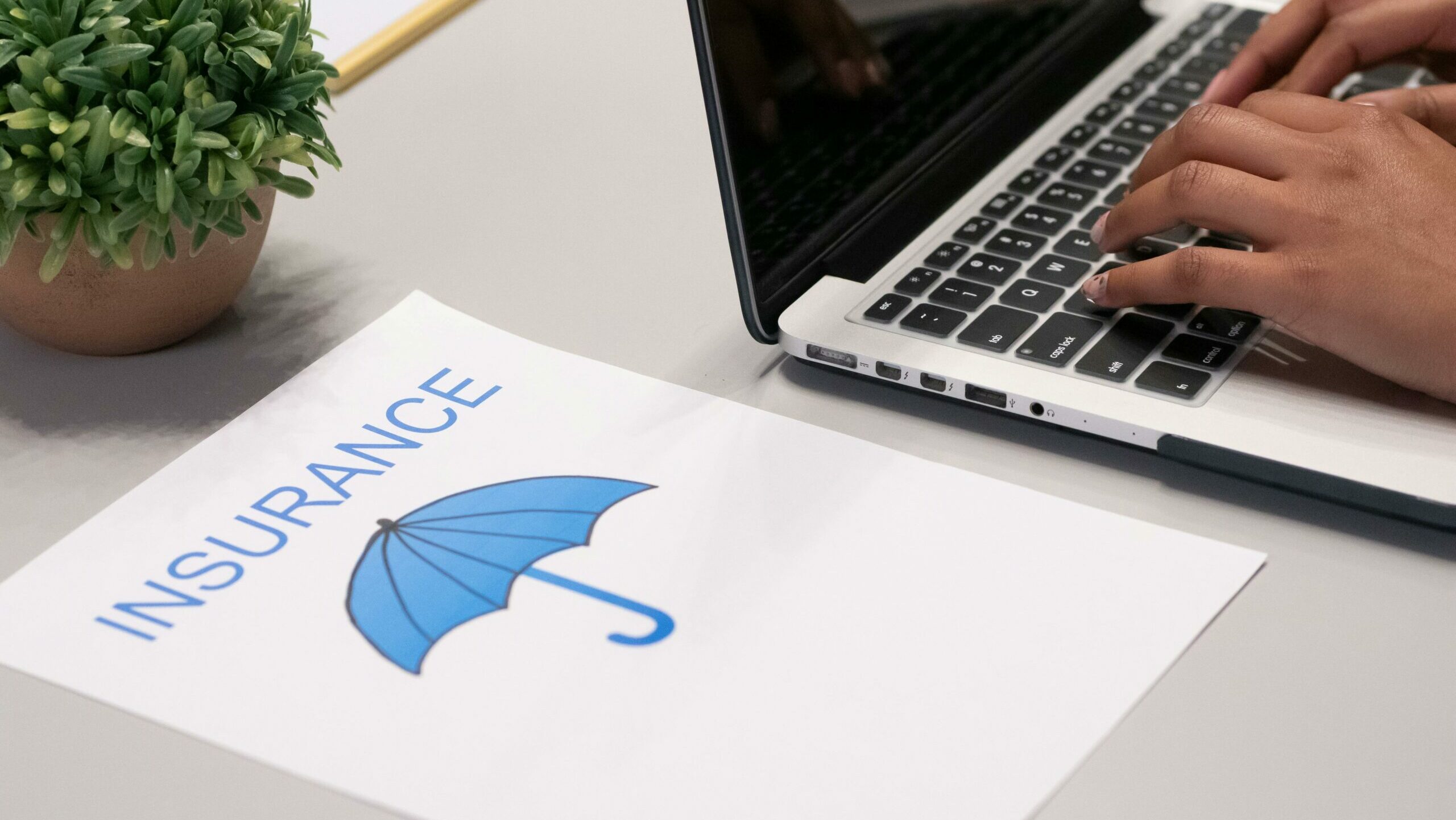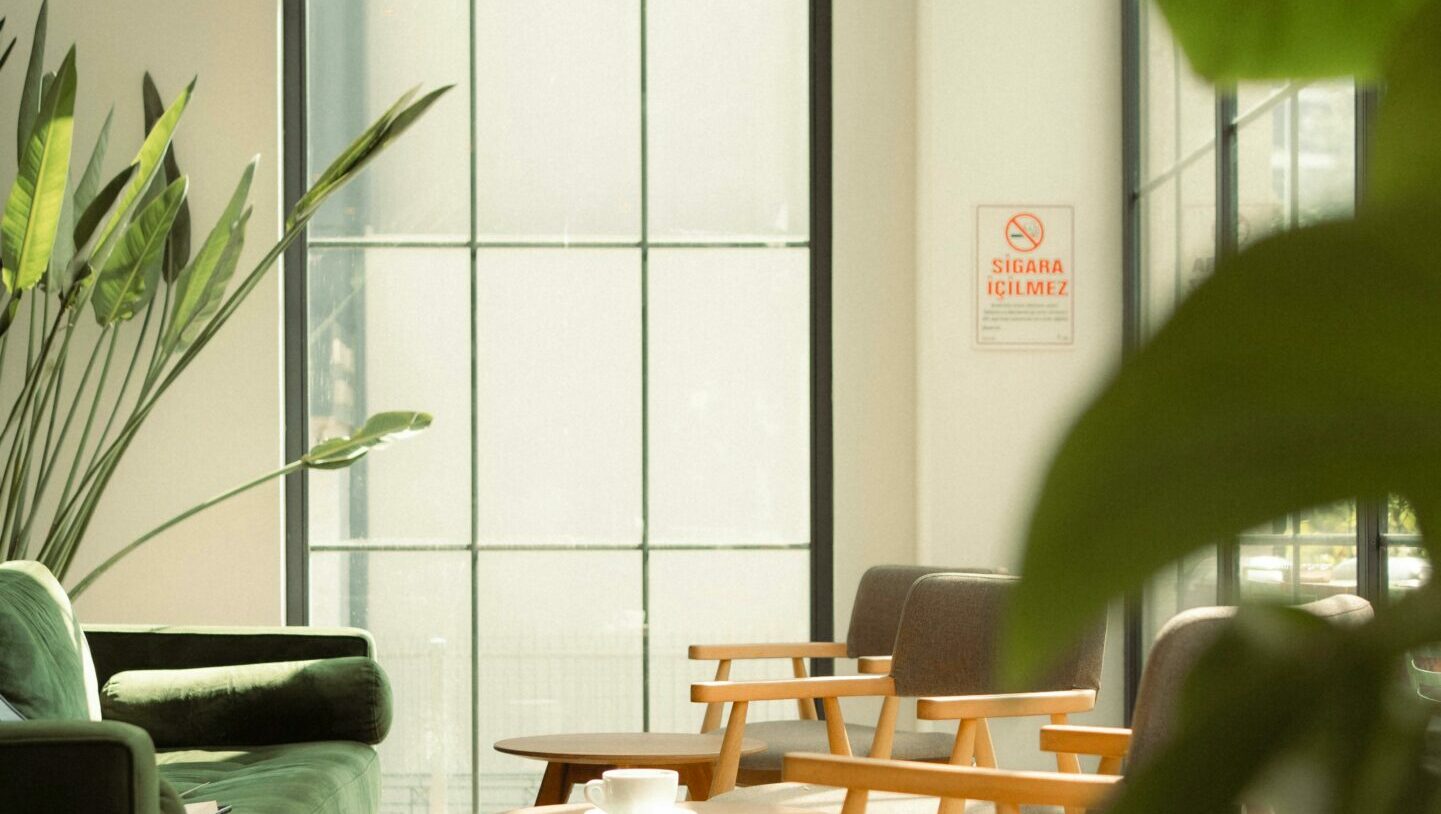How remote work is redefining interior design trends in the U.S.
For many households, the kitchen table turned into an office almost overnight. As remote jobs stick around, homes need layouts that support real work. How remote work is redefining interior design trends in the U.S. shows up in the numbers. Upwork expects 36.2 million remote workers by 2025. That means more people need quiet, healthy, and professional spaces inside their homes, not just a laptop on the couch.

Buyers and renters want homes that work as hard as they do. The National Association of Home Builders reports 63% of buyers now call a home office essential. Houzz searches for home office ideas jumped 108% year over year. This guide covers home office layouts that boost productivity, modern design trends for work-from-home lifestyles, and the best colors and lighting for remote workspaces, with practical steps any homeowner can use.
Home office layouts that boost productivity
A good layout starts with boundaries. If a full room is available, pick a spot with a door and minimal foot traffic. In open plans, use a wall of shelving, a room divider, or a glass partition to add privacy without losing light. Place the desk so your camera faces a clean backdrop and you are not battling hallway noise. Leaving about three feet behind the chair allows easy movement and reduces trip hazards from cords.
Plan your desk zone around the work you do most. If you handle calls, keep the screen at eye level and the mic away from fans. Video-heavy work needs even lighting and a quiet background. For dual monitors, pick a deeper desk to keep screens at arm’s length. If natural light is strong, set the desk perpendicular to the window to cut glare. Route cables through grommets and use a surge protector to keep the floor clear.
Ergonomic furniture for home offices
Ergonomic furniture for home offices is not a luxury. It prevents daily aches from turning into injuries. Look for a chair with adjustable seat height, lumbar support, and armrests that allow elbows near a 90 degree angle. A sit-stand desk helps break up long sessions, especially paired with an anti-fatigue mat. Monitor arms let you fine tune screen height, and a keyboard tray can keep wrists straight.
The market shift is real. The U.S. home office furniture segment was about $2.2 billion in 2020 and is projected to grow 5.5% annually through 2027. The American Society of Interior Designers also reported 41% of designers saw more home office requests. As a contractor, I suggest setting a budget that prioritizes the chair and desk first. These two items do more for comfort and productivity than decorative pieces.
Multifunctional room design ideas and space-saving home office solutions
Not every home has spare square footage. Multifunctional room design ideas solve that. A wall bed creates a guest room that flips into an office in seconds. A fold-down desk mounted to studs can turn a hallway niche into a workstation. Built-in cabinets with doors hide gear at the end of the day so the room can shift back to family use without clutter.
Space-saving home office solutions also include closet conversions. A reach-in closet can hold a shallow desk, task light, and floating shelves. Add a louvered door or vent for airflow and a dedicated outlet to avoid extension cords. Rolling stools, nesting side tables, and pegboards keep tools handy without eating floor space. In rentals, tension rod curtains and freestanding screens add privacy without drilling.
Best colors and lighting for remote workspaces
Color affects focus. Blues and greens tend to feel calm and steady, which helps during long tasks. Warm neutrals work well behind you on camera and avoid color casts on skin. If you want energy, keep bright accents small so they do not become visual noise. A matte finish reduces glare on video calls better than high gloss paint.
Lighting should be layered. Aim for a ceiling fixture for general light, a desk lamp for task light, and a floor or wall light to balance shadows. A color temperature around 4000 to 5000 Kelvin feels close to daylight and keeps text crisp. Look for bulbs with a high color rendering index for natural skin tones on video. Place lights to the side of the monitor to control glare. Smart dimmers or adjustable lamps help shift from heads-down work to late calls.
Top interior design trends for remote professionals: how remote work changed home interiors
Privacy is back in style. Open plans are giving way to zone planning with doors, sliding partitions, and better acoustics. Small changes like weatherstripping, area rugs, and fabric panels cut echo for clearer video calls. Technology integration is now standard. Smart speakers control lights hands free, and mesh Wi-Fi fixes dead zones so calls do not drop.
Modern design trends for work-from-home lifestyles also include cable management, more power at desk height, and camera-ready backdrops with simple shelves or art. If you renovate, add outlets with USB-C and place them above the desk line. In older homes, check circuit capacity before adding gear. Document changes for resale. Buyers expect flexible work areas, and clean installations can lift value.
How remote work changed home interiors is not just about style. It is about comfort, health, and daily rhythms. The top interior design trends for remote professionals point toward flexible layouts, sound control, good light, and ergonomic tools that hold up over time. Start with one zone, fix the seat and the light, then add storage and technology as your needs grow.
If you need a quick plan, begin with a chair that fits you, a desk set to the right height, and lighting that reduces glare. From there, add privacy and storage. Small, thoughtful upgrades can turn any corner into a reliable workspace that pays off every day.







